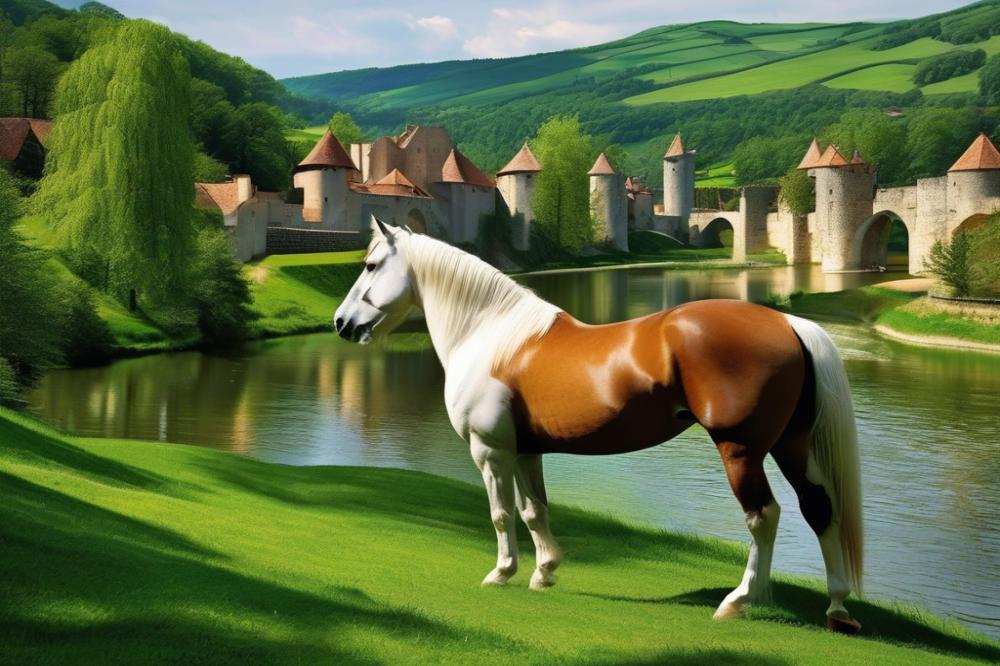Introduction
Throughout history, different cultures have recognized the vital role played by steeds. From ancient warriors to modern agricultural societies, these animals have been essential. In medieval Europe, their importance grew even more significant. The bond between humans and these creatures shaped not only warfare but also social structures.
During the Middle Ages, a unique code of conduct emerged, known as Chivalry. It emphasized virtues like bravery, honor, and loyalty. knights, the mounted warriors of the time, embodied this ideal. Equipped with armor and a strong mount, they were symbols of their age. Their connection to steeds was paramount, as these animals helped them perform on the battlefield.
Knights often relied on their faithful partners. The strength and speed of the mounts allowed these warriors to navigate the challenges of warfare. In many ways, the knight’s reputation was intertwined with their steed. A noble knight without a capable mount was at a distinct disadvantage. Thus, the relationship between knights and their Horses played a critical role in shaping medieval society.
Horses in medieval society
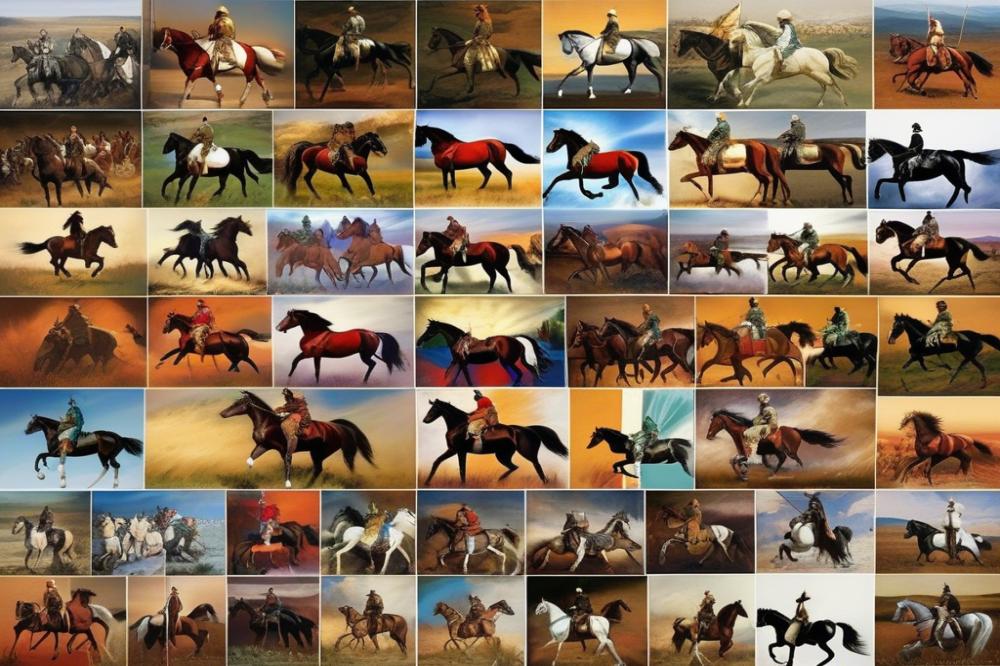
Throughout the medieval period, horses represented more than just a means of transportation. They stood as powerful symbols of status among the nobility. Wealthy lords and ladies often owned the finest breeds, showcasing their power through the quality of their mounts. A knight’s horse could reflect his rank and reputation. Glorious stallions with elaborate saddles became woven into the fabric of aristocratic life.
Feudalism depended heavily on land ownership, which in turn relied on these magnificent animals. Lords managed vast estates and required efficient means to oversee their lands. Riding a strong horse enabled them to assert control and navigate through their territories swiftly. Lesser nobles, or vassals, also utilized steeds to serve their lords, managing responsibilities with agility and speed. Thus, horses played an instrumental role in the organization of society.
The social structure underwent significant shifts due to horse production. Breeding and training these animals became vital economic activities. Large estates often included stables and teams of workers to care for the noble’s equines. This not only created jobs but also solidified the divide between the wealthy and the poor. As noble families invested in breeding programs, wealth became increasingly tied to the quality and numbers of horses owned.
Such changes affected common people as well. The availability of horses influenced local economies. Farmers who owned work animals could plow fields and transport goods more effectively. This, in turn, helped them contribute to their own feudal obligations while enhancing their livelihoods. As trade flourished, the presence of steeds became essential in improving both commerce and social mobility.
In this intricate web of relationships, horses had a profound impact on medieval life. They were not merely creatures for riding or work; they shaped identities and established power dynamics. As symbols of nobility and instruments of duty, each horse played a crucial role in the development of Chivalry and society itself. Understanding their importance illuminates the broader context of medieval Europe.
Equestrianism and the Rise of Knights
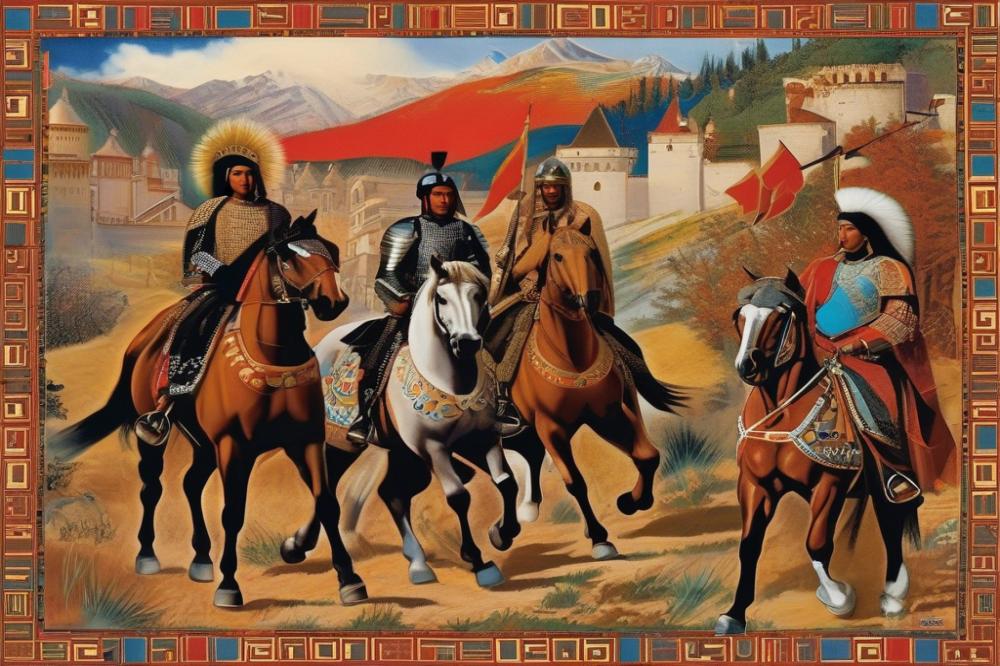
Equestrianism holds a special place in medieval society. It refers to the art of horseback riding and the skills associated with it. For many knights, riding became essential for their roles as warriors and members of the nobility. Mastery of this skill was not just about leisure; it served practical military purposes. As conflicts arose, those who could ride effectively had a distinct advantage in battles.
Training for mounted combat was rigorous and structured. Young boys, often from noble families, began riding at a tender age. They learned to control their steeds through various exercises and drills. Over time, they progressed from basic riding to advanced techniques for swordplay while on horseback. This preparation extended beyond mere physical training. Riders also had to develop mental acuity to make quick decisions during combat.
The connection between horse riding and the knightly code of chivalry cannot be overstated. Knights were expected to embody virtues such as bravery, loyalty, and honor. These ideals were deeply intertwined with the ability to ride well. A knight’s reputation often hinged on his skill as a rider and warrior. Those who excelled earned great respect and admiration from their peers and the society at large.
Moreover, the bond between knight and steed was significant. Trust and partnership were essential for success in battles. Knights relied on their mounts not just for speed, but also for support during intense skirmishes. This relationship mirrored the values of the chivalric code, which emphasized mutual respect and loyalty. In essence, the act of riding was a reflection of a knight’s character and commitment to the ideals of his time.
Tournaments and the Culture of Chivalry
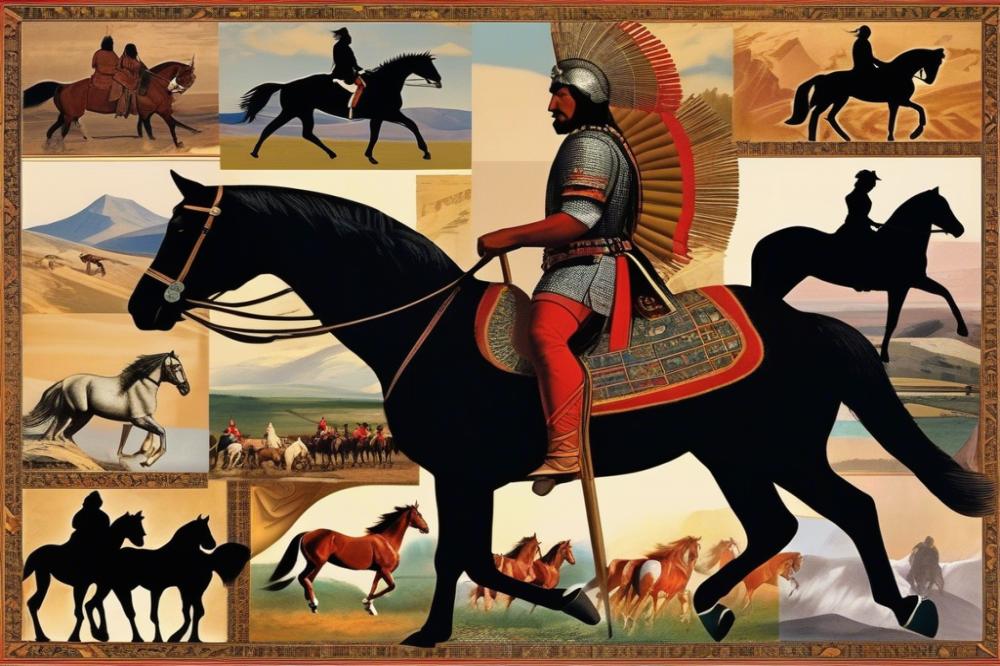
Medieval tournaments were grand events, steeped in spectacle and tradition. Knights and nobles gathered to demonstrate their skills in various competitions. These gatherings became much more than mere contests; they were vital to the culture of chivalry.
One prominent feature of these tournaments was jousting. This noble sport showcased individual prowess and honor. Competitors charged at each other with lances, aiming to unseat their opponent. Spectators watched with bated breath, cheering for their champions. Jousting could elevate a knight’s status, cementing his reputation for bravery.
Competitions became stages for the display of valor. Knights rode majestic steeds, illustrating their connection to the ideals of chivalry. Their horses were not just means of transportation; they were symbols of power and nobility. Impressive mounts drew admiration as much as the knights themselves. A skillfully handled horse could make the difference in a match.
During these events, honor was paramount. A knight’s behavior was scrutinized closely. Winning was important, but how one won mattered too. Acts of gallantry, such as helping a fallen adversary, resonated with ideals of honor. Those moments underlined the knights’ commitment to chivalry.
The tournaments ultimately fostered a sense of camaraderie among the nobility. They celebrated not just rivalry but also the communal spirit of the age. Through these events, a unique bond formed between knights and their steeds, intertwining with the values of chivalric society. The culture of chivalry thrived in these lively gatherings, making tournaments unforgettable landmarks of medieval life.
The Influence of Battle Strategy on Horse Breeding
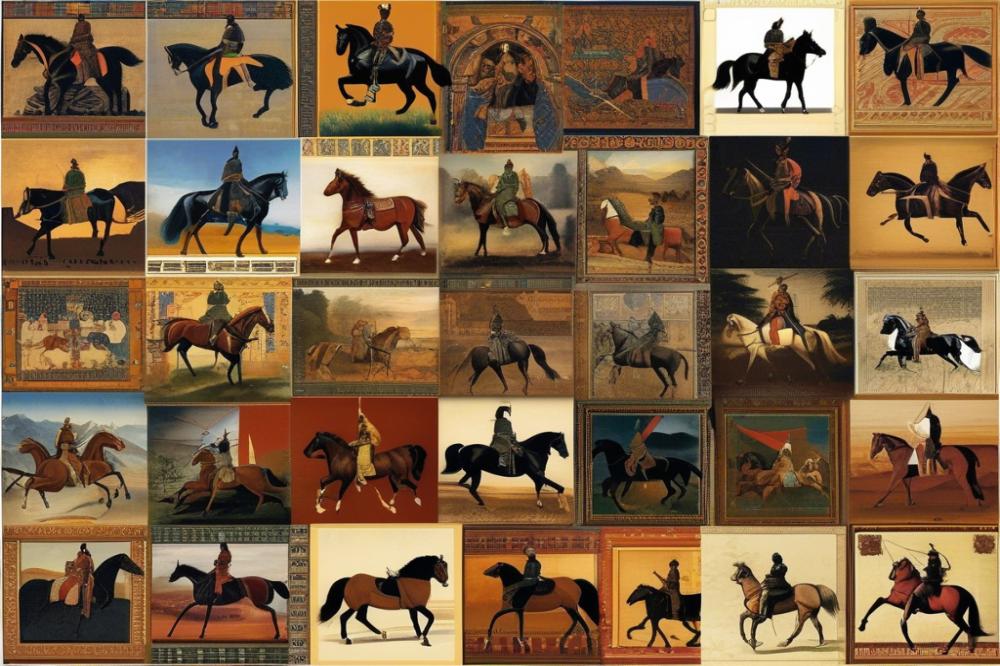
Battle tactics played a significant role in how horses were bred throughout history. As warfare evolved, so did the need for specific traits in steeds. Armed forces required animals that could carry armored knights into battle and endure the chaos that followed. Breeders began focusing on strength, speed, and temperament. Over time, these demands led to diverse breeds, each suited for unique combat roles.
Different horse breeds influenced military strategies in various ways. For instance, large and powerful breeds like the destrier were favored for their ability to carry heavily armored riders. This allowed knights to charge into enemy lines with great force. On the other hand, lighter horses known as coursers were used for their agility and speed, allowing for quick flanking maneuvers. Tactical decisions often depended on the types of horses available to an army.
The outcome of key battles often hinged on the quality and type of horses involved. A well-bred mount could mean the difference between victory and defeat. Armies that understood the value of excellent breeding were better equipped to dominate the battlefield. Their success showcased how important these animals were to military effectiveness.
As wars changed, so did horse breeding practices. New tactics required different physical characteristics. The lighter mounts began to gain popularity as ranged combat took precedence in later years. This shift reflected the need for speed rather than brute strength. Thus, the relationship between strategy and breeding continued to evolve.
Ultimately, the connection between battle tactics and horse breeding shaped not only military history but also societal structures in Europe. Knights and their mounts became symbols of power and status. The bond forged through this interplay laid the groundwork for what would later become the essence of chivalry.
Final Thoughts on Chivalry and Horses
The impact of horses on the development of chivalry cannot be overstated. These magnificent animals were more than mere companions; they played a critical role in shaping the very nature of knighthood. Knights relied on them for transportation, training, and combat. This bond fostered a culture that celebrated bravery, loyalty, and honor, which are central to the chivalric code.
In medieval society, horses were symbols of status and power. They embodied the ideals of the time, appearing in art, literature, and folklore. This rich symbolism ensured that their legacy persisted long after the Middle Ages. Even today, many equestrian practices trace their roots back to those chivalrous days, reflecting a tradition that endures through generations.
Reflecting on this history, one can see how horses continue to influence modern culture. They are featured prominently in numerous competitive events, showcasing the skill and bond between rider and animal. In many ways, the relationship remains a testament to the principles established by those early knights. As society continues to evolve, the connection we share with these animals highlights our appreciation for their unique role in human history.

